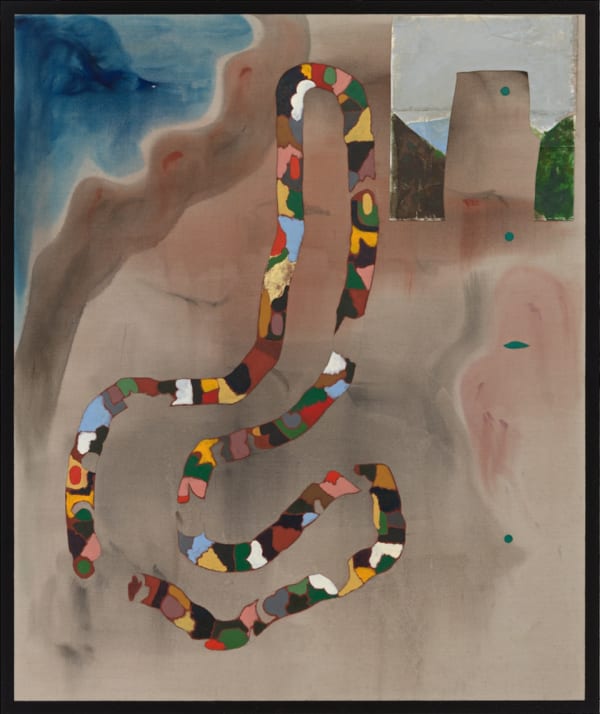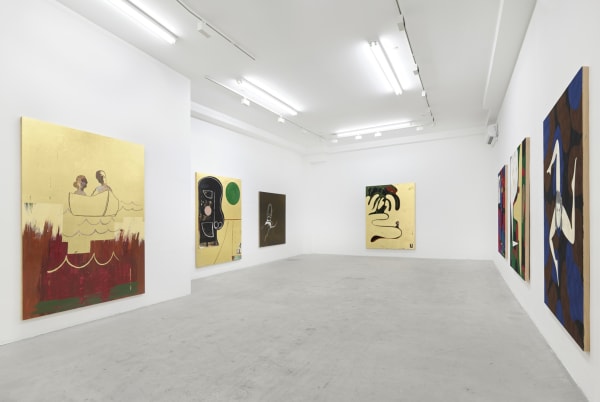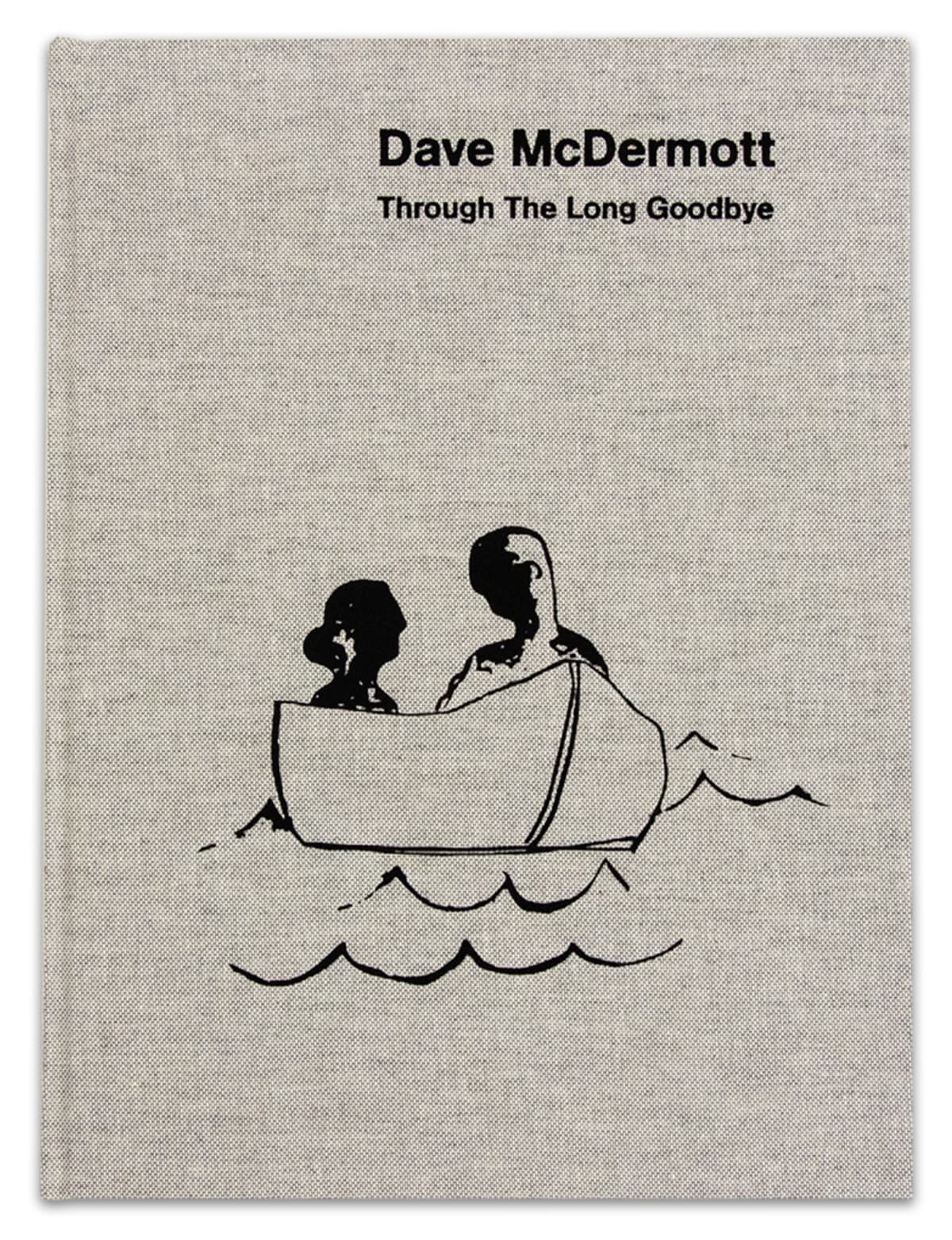Dave McDermott: The Long Goodbye
GRIMM is pleased to announce The Long Goodbye, a new solo presentation by Dave McDermott in our New York gallery space. This marks the artist’s third solo exhibition with the gallery.
Dave McDermott’s new works continue his distinctive approach to painting, consistently seeking to enlarge the medium’s inherent boundaries and resisting easy categorization, while developing a recognizable visual vocabulary within their own pluralistic nature. At once painterly and sculptural, textural and figurative, his works balance a multiplicity of material and formal components to invoke the experience of order among fragmentary elements: a kind of order that arises not as a resolving “answer,” but as an ongoing activity of mind.
Ideality and failure are the central themes of his third solo show at GRIMM – specifically the doomed pursuit of the ideal that is simultaneously noble, heroic, absurd, and pathetic. The title is from Robert Altman’s 1973 film, and much of the inspiration and imagery in the paintings comes from that and Fellini’s 8 1/2, which revolve around the failure inherent in the pursuit of an unreachable ideal. McDermott’s Long Goodbye expresses the double sense of presence and elusiveness that characterizes all striving after ideality, a recurring theme in his work. Allegory, or rather meta-allegory, also continues to play a large role in McDermott’s work. His painted objects and images are not stand-ins for things themselves, but rather ways of making relations between art and things. In their variety both individually and as a series, the works embody an infinitude of aspects that together allude to the presence of a larger whole.
These themes appear in various incarnations throughout the show – Then & Now, At Sea, and Big Somewhere, all allude to various states of mind rendered as pseudo-narrative scenes – searching, being lost, and isolation, respectively. Witnessing the Ascension of E.G. Over Malibu Colony, 1973, takes its inspiration from a combination of classical religious painting and an opening shot from 8 1/2, in which Fellini’s protagonist floats in the air above the beach tethered by a rope around his ankle.
This painting imagines Elliot Gould (the actor who portrayed Marlowe, Altman’s protagonist in his “Long Goodbye”) similarly ascending over the beach on Malibu Colony outside the house that served as a location in the film and was in fact Altman’s house, in a combined state of rapture and hallucination. Sylvia’s Ordeal (after PdC), is an extraction from a series of smaller works which depict classical representations of women that both confront and engage the Apollonian ideal, and its themes of beauty, sexuality, desire, and the lure of perfection.
McDermott’s double-edged relationship to the notion of the ideal – his beleaguered belief that some greater completeness exists, but lies beyond our ability to comprehend it wholly and at once – places him among artists ranging from Pablo Picasso to Martin Kippenberger, who shared this wary love affair with the idea of perfection’s existence. We merely feel its presence, and exist with the knowledge that the closer we get to it; the more painfully felt the remaining distance will be.
– Text by Arnaud Charpentier, 2017
















